Walking through the lush Devonian streets from Totnes to Salcombe, via Halwell, Kingsbridge and Marlborough, there doesn’t immediately seem to be much that the South Hams have in common with Costa Rica’s Nicoya Peninsula, or Sardinia’s Nuoro Province, and certainly not Japan’s. Okinawa Prefecture.
Admittedly, they’re all fairly idyllic, photogenic places – that much becomes clear after even the slightest flirtation with Google Images. They are also all richly green, bordered by white sandy beaches, or both. But given the thousands of miles that separate them all, and in some cases an even greater cultural divide, the similarities end there.
Or so you may have thought. Coincidentally, this quiet corner of the south-west of England has an invisible superpower connecting it to that disparate group, and it’s all in the people: the South Hams is one of the few areas in the country that, at the touch of a button, claims to be a British “blue zone”.
Maybe you’ve seen it Live to 100: Secrets of the Blue Zones, Netflix’s documentary series in which American writer and explorer Dan Buettner visits six communities around the world where people tend to live extraordinarily long lives. In addition to Nicoya, Nuoro and Okinawa, Ikaria is in Greece, Loma Linda is in California and the newest addition is Singapore.
The term ‘blue zone’ was introduced in 2004 in an academic article by Belgian demographer Michel Poulain and Italian doctor Giovanni Mario Pes. Buettner later popularized it through a book and now his Netflix hit.
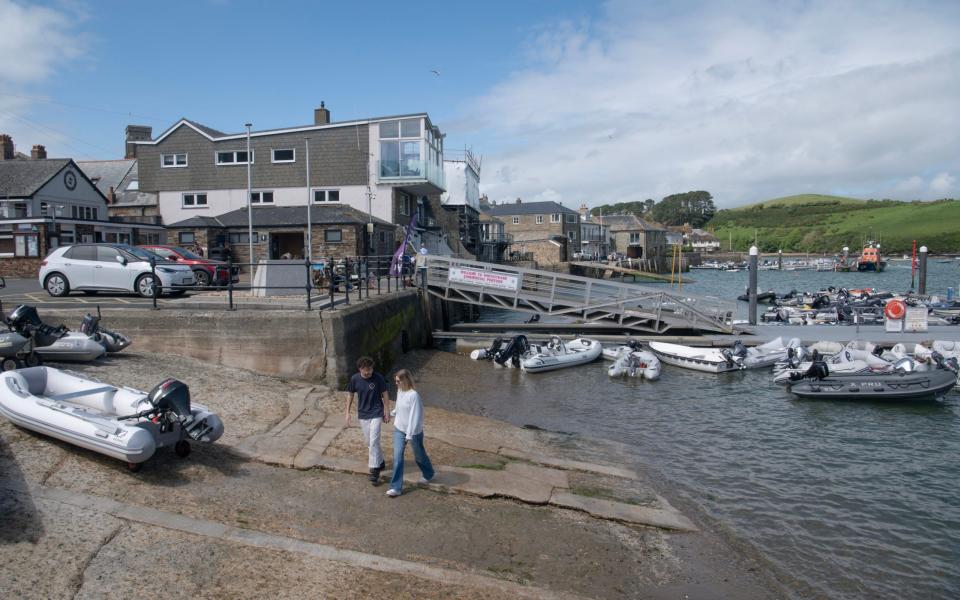
All three have now trademarked the term and made it a brand certification with strict, if vague, criteria. You suspect that regardless of whether their lives are long or short, they will not die penniless.
To qualify as a Blue Zone, the official website states, an area must “exhibit a statistically significantly longer lifespan compared to national levels and exhibit various characteristics related to their lifestyle, diet, genetics and both human and physical environmental conditions as determining factors for a longer and better life.”
Nowhere in Britain has yet been deemed worthy of official accreditation by Pes, Buettner and Poulain, but it is possible to see where in the country you have the best chance of a particularly long life.
According to the Office for National Statistics (ONS), in the most recent period, 2020-2022, the highest life expectancy for men is Hart in north-east Hampshire, where men can reasonably expect to live to 83.7 years. Women are also having a great time in Hart, living to 86.1 years, but are being pipped by the ladies of Kensington and Chelsea, who top the list with a life expectancy of 86.3 years.
There may be a significant difference between the sexes when it comes to life expectancy. For example, men in Kensington and Chelsea can expect to live almost six years less than women. But some areas have remarkably high numbers, regardless of gender.
Hart is one, and another is the South Hams, a local government district located between Torquay to the east, Plymouth to the west and Dartmoor National Park to the north. There, men can expect to live to 82.2 years, and women to almost 86 years. That is more than four years longer than for either sex, even in the areas bordering both sides.
““Uh, gee. How long do I have to live? I feel old enough already,” says Sally Hannaford, the manager of The Pasty Shack in Salcombe, the beautiful tourist trap in the middle of the South Hams coast. Hannaford is 54, so the answer is… a while. She sighs melodramatically and then laughs. “Well, I’m not surprised, it’s really nice here, see?”
As she traces the line of her hand across the track, the eye is drawn to the azure waters of the Kingsbridge Estuary, where sailboats rotate in the harbour, the RNLI lifeboat stands ready for duty and an elderly couple with a spaniel enjoy sandwiches on a bench. Bank. They are probably visiting, but their quality of life looks very high indeed.
Like generations of her family, Hannaford was born and raised in the South Hams. She manages the pasty shop, helps out at the rugby club, has raised children here and many of her relatives are well into their 90s. “I don’t think that’s a coincidence. No one dies from stress here, that’s for sure.
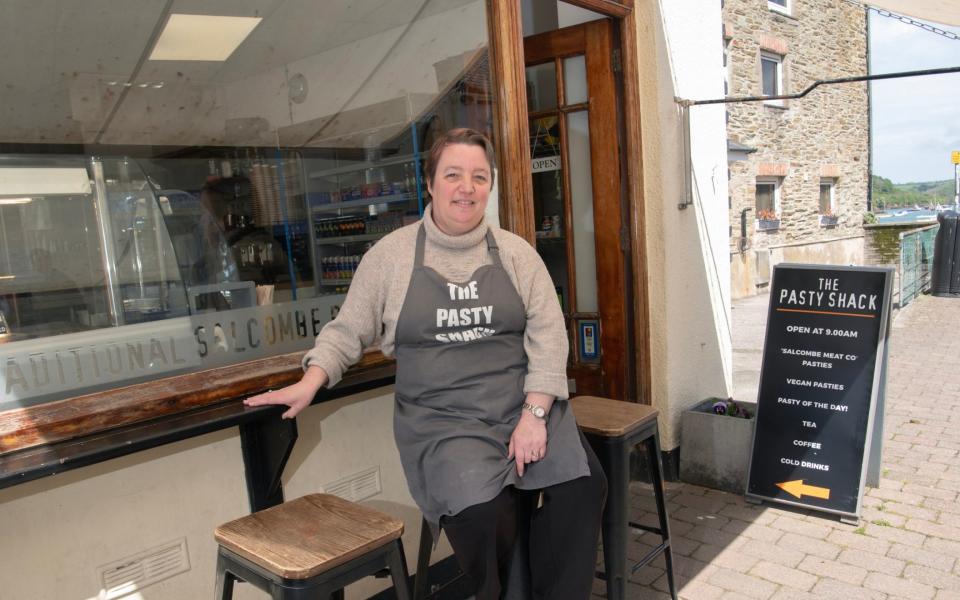

“It can be an affluent area, but there is also lots of fresh air, access to nature, a community and small streets so no one is rushing. At least not like somewhere in London.”
Further afield in Kingsbridge, a thriving market town with a population of around 5,600, Mel and Clive Rollinson illustrate exactly why people can feel timeless here. They moved from Haslemere, Surrey (life expectancy, for those keeping score: a not-too-shabby 81.9 for men and 85.3 for women) in January 2020, ostensibly to retire, but are now busier and happier than ever.
“We had been coming here for a while and just fell in love with it. We wanted to live very close to the sea, but especially in a city, so that we could walk everywhere. We didn’t want to drive to get a pint of milk,” says Mel, 63.
And they don’t: Kingsbridge is the kind of model town with at least one of everything, plus excellent restaurants and local produce, and no dodgy ending. “We have it all on our doorstep,” adds Clive, 69.
True Blue Zone coverage, as seen on Netflix, always gives ample airtime to that largely ineffable quality: “community.” You know it when you find it, and the Rollinsons did just that. Mel is a councilor in Kingsbridge, while Clive is director of the community-owned tennis club.
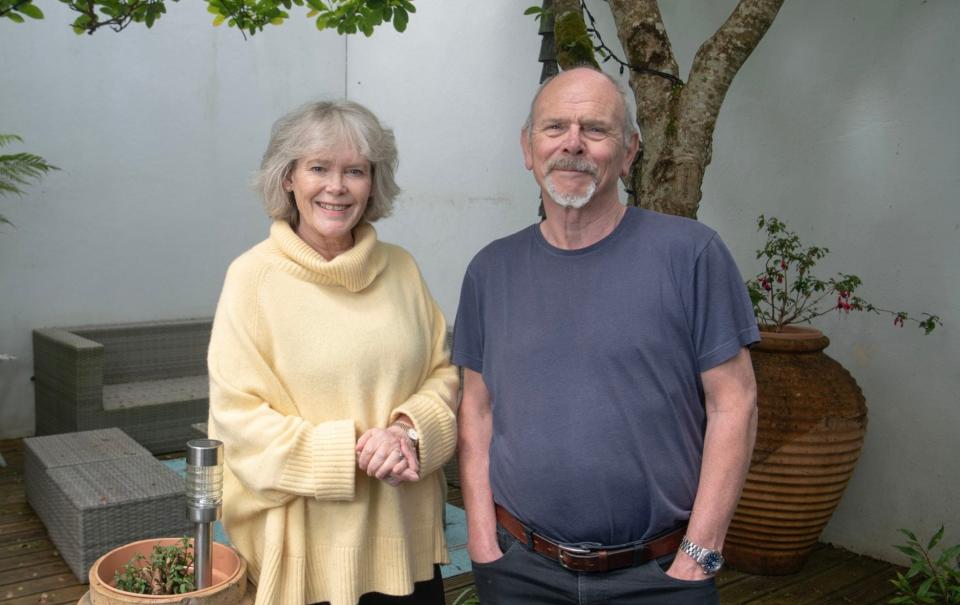

They also both work part-time, Mel for an interior design company and Clive – who has spent his career in operations, mainly for global food and drink companies – is up early and back late in his role as sommelier and bar supervisor at the local Soar. Mill Cove Hotel.
“There are so many community groups in the area, Till the Coast is Clear, Kingsbridge in Bloom, gaming clubs… Flavia from Come strictly dance lives nearby, she gives dance lessons. There are a lot of people here doing a lot of good things, and that’s how you make friends. Many of the people who do these things are also past retirement age. And that is important,” says Mel.
Clive knew he would be bored when he retired. “I didn’t want to stay dead,” he says. “You can only play so much golf… And I’m enjoying working again, meeting interesting people and learning things. Pension is bad for your health.” Mel turns to me. “I also come home from work and he goes out, so it’s ideal, we hardly see each other,” she jokes.
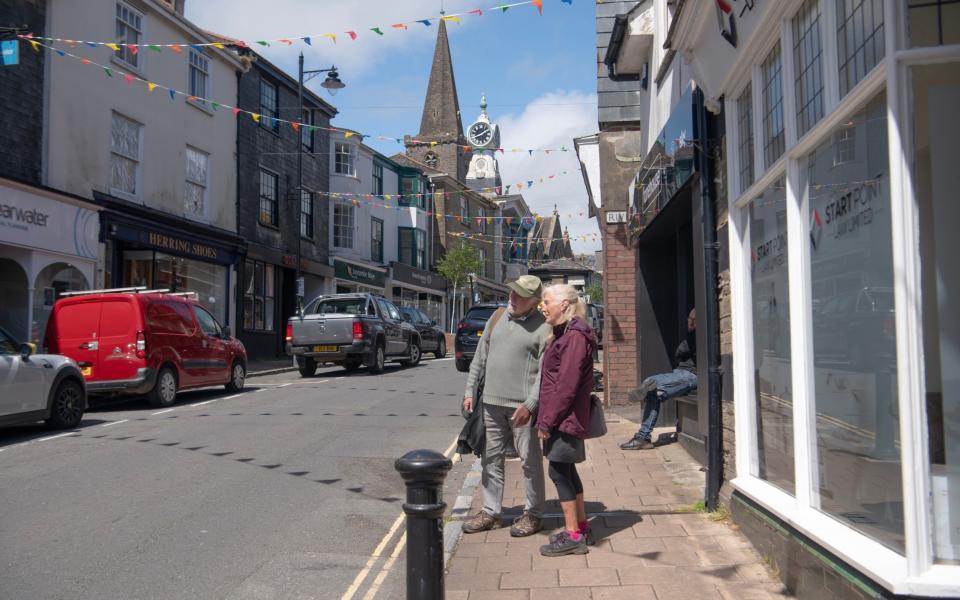

They don’t miss Haslemere “at all” these days. “Kingsbridge is definitely not perfect,” says Mel. “We need more affordable housing, we need to retain skilled people, and like everywhere else in the country we need better access to hospitals, but it’s a working city, it’s not just second homes.”
Perfection is not a required criterion in a blue zone, but it is true that the South Hams, for all their life-giving qualities, cannot be immune to the occasional calamities of the national water companies.
The neighborhood next door, Torbay, is the epicenter of the recent parasite outbreak. About 25 miles from Kingsbridge, on the edge of Torbay but within the South Hams, are two of the five areas for which South West Water has issued a boil water notice.
Of course, Salcombe isn’t ‘just’ a second home either, but it usually is: the population grows by more than 1,000 percent in the summer, when the visiting hordes arrive, crab lines and labradoodles in hand. But even this keeps permanent residents young, they claim.
“It’s a strange place, all or nothing, with the change of season. You get the quiet winters and the beautiful summers. But there is a nice atmosphere and the water keeps you mobile and active,” says Maxine Hern, 65, who works in the fishmongers opposite The Pasty Shack.
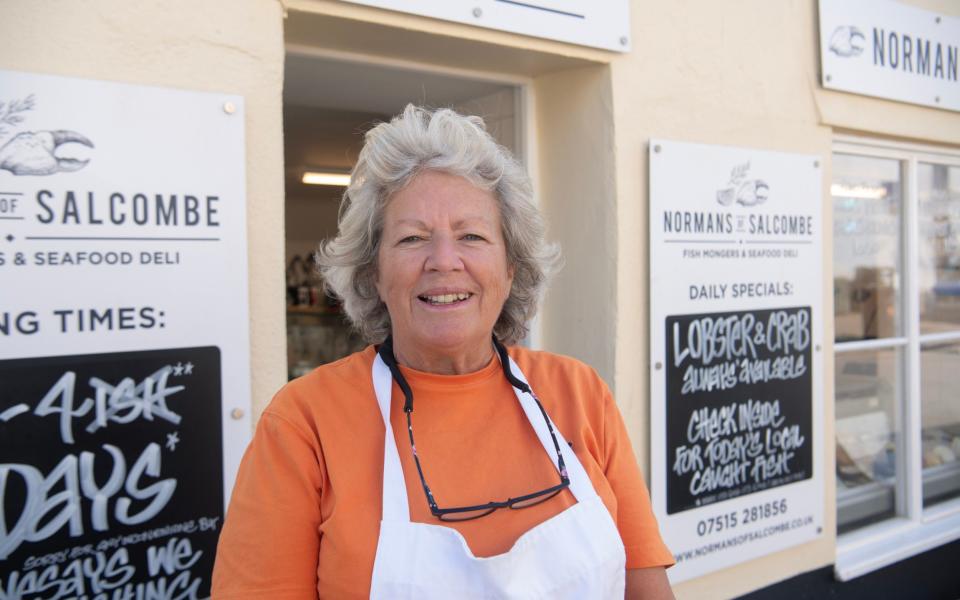

Together with The Salcombe Yawl, an excellent sandwich shop next door, they have their own little community within a small community.
“I spend half the year in Australia, half the year here, so I get a whole year of sun and swimming, which isn’t bad for you. My mother is 97 and still swimming,” Hern adds. She has absolutely no plans to stop working, but she is looking forward to retirement.
“I’ll just have to wait until November,” she mutters. From The Pasty Shop, where she takes payment for the last big traditional of the day before she leaves, Hannaford groans with mock jealousy.
“I still have so long to go…” she complains. It’s not a sentiment you often hear in Nicoya or Okinawa, but it’s true: she lives in a blue zone. There is still a way to go.